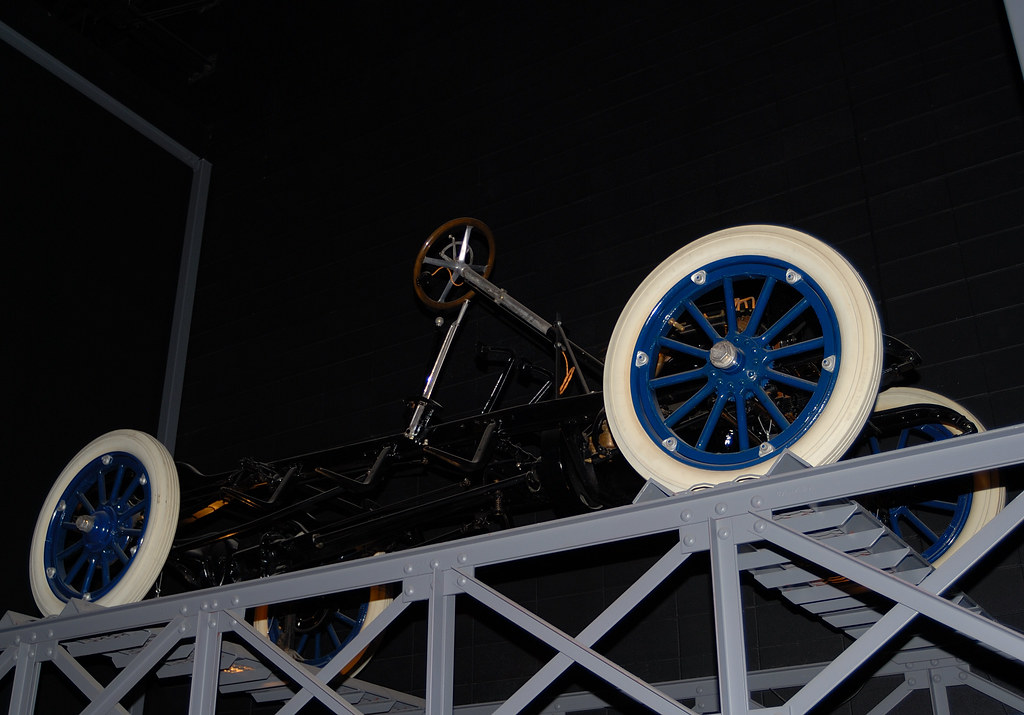StudeFolk:
Is it true that some Studebakers from 1913-1916 were built with transaxles?
A transaxle was recently found in the basement of an old house here in Champaign, IL. The wheel hubs/brake drums are apparently long gone. The transaxle still has contracting band AND expanding shoe brakes and the mechanisms for both. The transmission assembly is still attached to the rear axle housing. The driveshaft and its tube/housing (3-4(?) feet long) is still present, though detached.
Could this be from a 1913-1916 Studebaker? What sort of information would help positively identify it?
Ben Trench
Is it true that some Studebakers from 1913-1916 were built with transaxles?
A transaxle was recently found in the basement of an old house here in Champaign, IL. The wheel hubs/brake drums are apparently long gone. The transaxle still has contracting band AND expanding shoe brakes and the mechanisms for both. The transmission assembly is still attached to the rear axle housing. The driveshaft and its tube/housing (3-4(?) feet long) is still present, though detached.
Could this be from a 1913-1916 Studebaker? What sort of information would help positively identify it?
Ben Trench









Comment